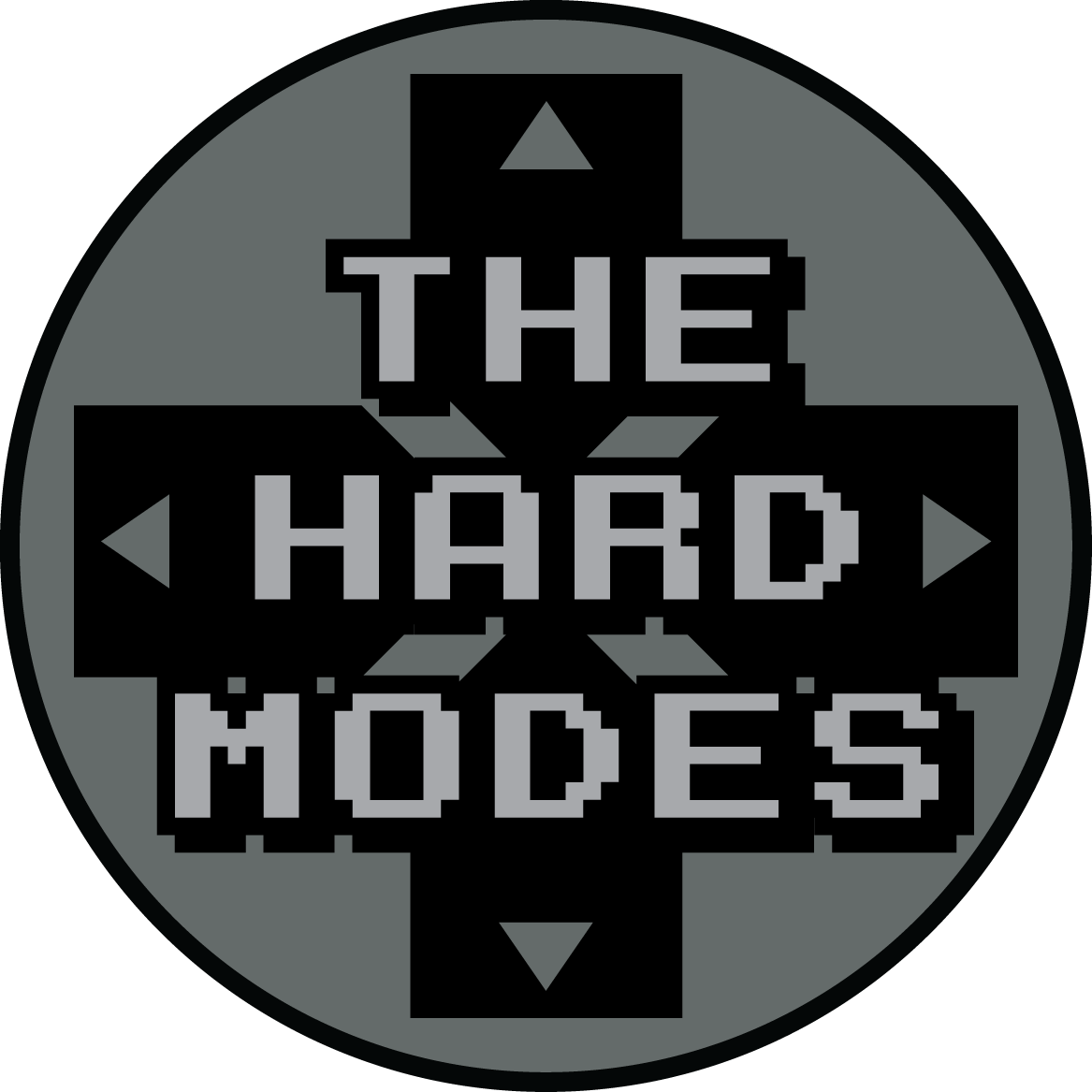
This work is licensed under a Creative Commons Attribution-NonCommercial-NoDerivs 3.0 Unported License and ©2012 Gregory Weaver.
After a weeklong vacation at the beginning of the month and a “catch-up” phase at work (not to mention a resurgence of urges associated with playing Civilization V), this weekend was a good chance for me to sit down and work on some stuff. Naturally, my original plans for the days were laid to waste—I realized I had forgotten about a contest of sorts that I had set my sights on entering before vacation!
Someone who I follow on Twitter, Jack Menhorn, mentioned this contest the week before I took off—it’s called the TIGSource Musical Challenge IX. TIGSource (TIG=The Independent Gaming) is “a community of independent game developers and players.” On the website you’ll find a forum, and inside said forum there are all kinds of sections, one of which is Audio, and that’s where these challenges lie. I haven’t had too much time to scour the entirety of the forum since I’ve been rushing to complete this project, but from what I’ve seen it looks to be pretty cool.
The rules of the contest were simple: The host (the winner of the previous challenge) comes up with a theme and the composers are given a certain amount of time to compose a tune with that theme (the compositions must be new and specifically made for this challenge). The listeners will then critique others’ work and the host will choose a winner. This challenge’s theme was: “Make a ‘battle’ theme for a turn-based RPG (any style: fantasy, sci-fi, realistic, Poke-ish). Loopable and 30-seconds or less.” You may go to the thread here to read more and listen to others’ compositions.
I sat down to write my piece yesterday afternoon and just could not come up with any good ideas. It turns out that, before I had left, I did a couple of bars of something. I had totally forgotten about writing them; in fact, I went into Finale to work on Fanfare and Jubilee and was like, ‘What is this…? Uh-oh!’ Anyhow, I decided to scrap that stuff, thinking that it wasn’t really a good path to take. I then listened to what had already been submitted and then was influenced to do an electronic piece since I hadn’t for the blog yet. It turned out to be a failure as well.
The challenge is really interesting because of the time limit that Jack tacked on. A loopable thirty-second tune has to do many things; namely, it was to grab the listener from the beginning, say all that needs to be said, and then be accessible enough for the player to want to listen (or not to care about listening) to the piece over and over again. You might have noticed, having listened to the tunes I’ve posted, that I’m a fan of building up my music—I always have been. In fact, I often think about how I need to do less building up and start with more head-on action. Needless to say, thirty seconds doesn’t beget a build-up; therefore, not only was I pressed for time, but I was also thrown out of my comfort zone.
There was one other thing that was on my mind while I was reeling in turmoil: I really wanted this piece to be a “random encounter” type of battle theme rather than a boss theme. A thirty-second piece may not be typical for a boss theme, so already one might say, “well, duh, random encounter,” but for me the brevity wasn’t what I was focused on. Random encounters and boss themes have completely different feels. One just has to look to Final Fantasy VII for easy examples. Here’s the random encounter theme and here are two boss themes from the game: the general one and JENOVA’s theme (two of my favorites from the game, and two of my top VGM pieces ever, probably). The moods they create are completely different; the sense of urgency in the latter two is a lot more desperate, etc., etc. So, my goal was to write something that wasn’t too heavy—something that didn’t scream danger, but rather would shake someone into a state of alertness while still getting him or her amped up.
After spending a couple of hours in limbo, I decided to read some X-Men comics (I’m so behind) and then get back to work. A bit refreshed, I thought to myself, ‘Okay, you only have a little time left to write today and all day tomorrow—how can you make this work?’ Well, I ended up thinking that I should try to focus on my strengths, so I decided to try and write something in my main musical discipline, jazz. It was a solid choice to make.
I originally included two versions of the tune - two versions of the tune, one with rhythm section only and one with a Rhodes added - because I had wanted to submit one featuring just the bass and percussion, but in the end I decided that maybe it wasn’t enough for the contest. Furthermore, having the Rhodes also goes along with my ultimate vision for the piece, which I’ll talk about below.
*Note: These versions loop to show the listener how the loop works, so that's why they're a minute long each.
The order in which I wrote the parts is such: ride cymbal, congas, bass, snare, bass drum, hi-hat, Rhodes. However, with every new part came editing of old parts due to the formulation of new ideas, and then there was simply the need to tweak parts in no way caused by how I had written another one. For example, with the ride cymbal, I started by looping an eight-or-so bar phrase for the length of thirty (-two… yikes!) seconds and continued on to other parts after having that general idea; also, I didn’t vary the conga parts in the “open” sections until the basics of everything else but the Rhodes was handled. This way, I was able to get an overall feel for the vibe and could use that to build and expand parts. Then, after having written the kick drum part I went back to play with the snare drum so that were was a little more interaction between the two parts of the drum set.
Speaking of the congas, one of you readers is probably saying, “Hey, Greg! That sounds a lot like something that I heard in Cowboy Bebop!” Yeah, well, I sort of think that, too. I wanted to have an extra driving force aside from the drums, and auxiliary percussion seemed like the way to go. I like how they can make the urgency sound round. Yoko Kanno must like it, too.
Basically, my tune is a minor blues with an altered form (thus the name). In order to fit within the time limit at the tempo I wanted, I had but 20 bars to work with. While I could have done two courses of a 10-bar blues, I decided to make things a little more different. Having eight extra bars outside of the traditional blues form to work with, I divvied them up all over the basic form instead of tacking them onto the end:
Basic 12-bar D Minor Blues Form
4 bars of d minor
2 bars g minor / 2 bars d minor
E7 / Eb7 / 2 bars d minor
Mr. AC (Keep Your Cool) Form
4-bar would-be vamp in d minor / 4 bars in d minor (denoted by walking bass)
2-bars in g minor (bass pedal) / 2 bars g minor, 2 bars d minor (2nd walking bass)
2 bars of E7 / 2 bars of Eb7 / 2 bars of d minor
I’ll admit, it felt weird trying to solo over it, especially coming out of the g minor vamp (not to mention I was soloing over it on the keyboard—not my primary instrument by a long shot).
I have a vision for what the tune would actually be like if it were in a game. After having written the skeleton for the rhythm section (minus the Rhodes) I decided that I wanted to have a trumpet solo be the main focus of the listener. The trumpet was going to play some fast bebop lines over the form, but the more I thought about it, the more unappealing having to listen to crazy, fast bebop lines on a short loop every random encounter sounded. I don’t think any regular gamer would want that. I don’t even know if I would want that.
My solution would be to have multiple instruments solo for a couple of minutes over the form and have every random encounter be a random solo instrument. That way, the listener wouldn’t get bored of the battle theme so quickly. Instead of just hearing a trumpet solo over and over, s/he would have the chance to hear solos coming out of a trumpet, a sax, a piano, vibes, guitar, trombone, accordion—whatever. And who’s to say that there wouldn’t be multiple battle themes that had these different soloists, as well? I would love to be able to work on that kind of project, especially with live musicians.
The most difficult part of working on this tune for me was the end. Mixing is not particularly my forte, and it’s something that I know that I have to work on so that it’ll become less time-consuming. I need to read up on the tricks of the trade more—I know that there must be easier solutions than what I do to make sure a mix is effective. I had a little difficulty optimizing the voice of the bass in the mix (which was, to me, the primary focal point of the listener until I added the Rhodes), and got frustrated with the low end of the Rhodes. In the end I think they came out pretty well, though I can’t help but think there’re ways of working that make the process of tweaking less guesswork and more a science. Oh, plus, I had my first rude awakening of a kind with my headphones sounding a lot more awesome than my Mac Book Pro and the display I work on, so now I have two different mixes of the tune now. The display one doesn’t sound bad on headphones, but it required me to pump up the bass quite a bit more, which caused some collateral damage in the other parts that I had to clean up. If anyone is interested in the headphones-friendly version in which you can hear the interaction between the instruments more clearly, let me know!
It took me about eight hours to finish this work (ten if you count the time I was in idea limbo.) Most of the time was spent making sure the mixes were good, though; again, improvising on the keyboard isn’t my forte, and neither is playing anything fast on it, haha. In fact, I wrote out the bass line in Finale and had to practice it, and I found myself inputting it in one-to-two-bar phrases (slowing down to input fast stuff beyond your proficiency with an instrument is for people who actually think about that kind of thing!). Something else that took time was making sure parts that could be monotonous, like the ride cymbal, had variation and making sure that variation sounded good to me. I’m happy to say that I used no prefabricated loops, and I hope to continue not using them in the future.
Thanks for listening! Please let me know what you think below in the comment section. Enjoy listening to the others on the TIGSource forum, as well!


